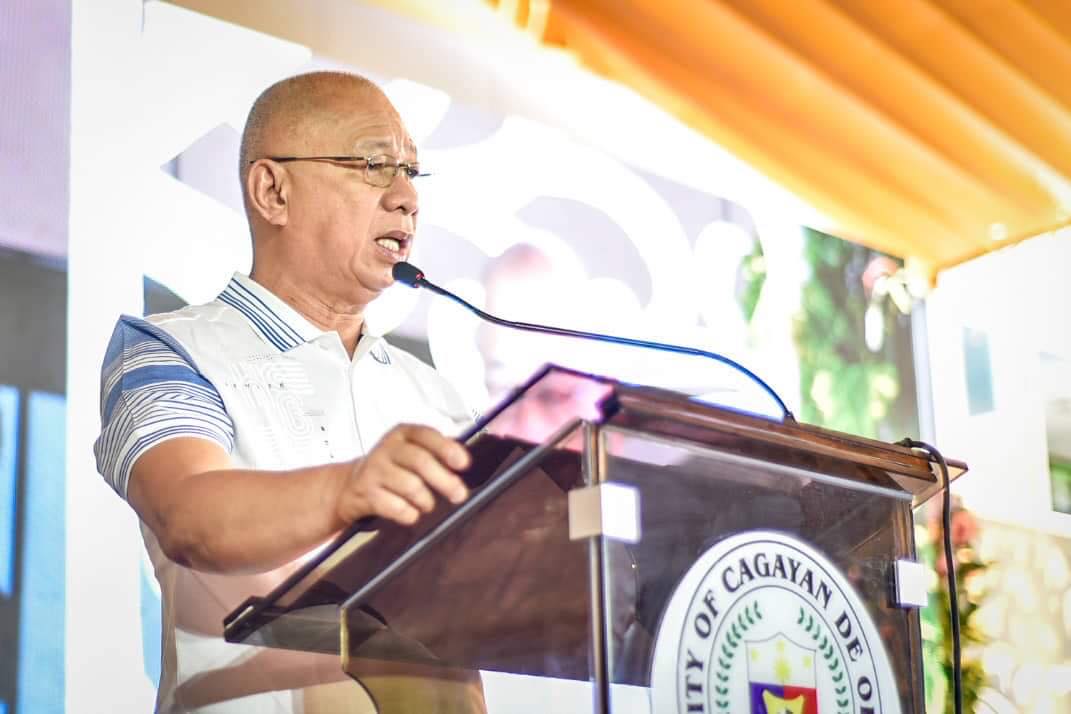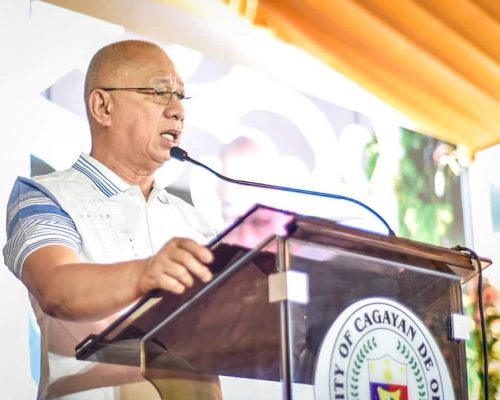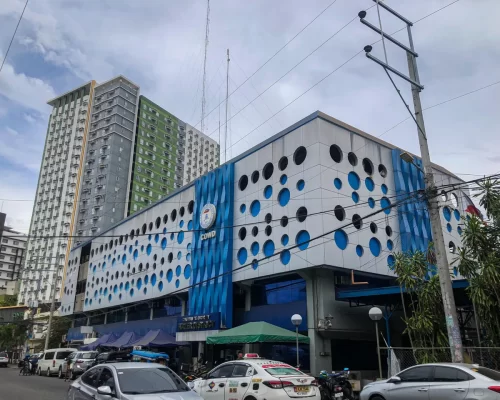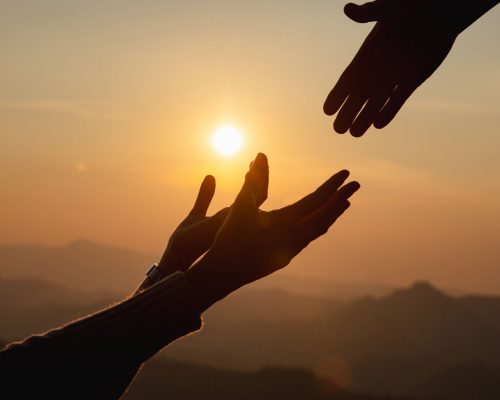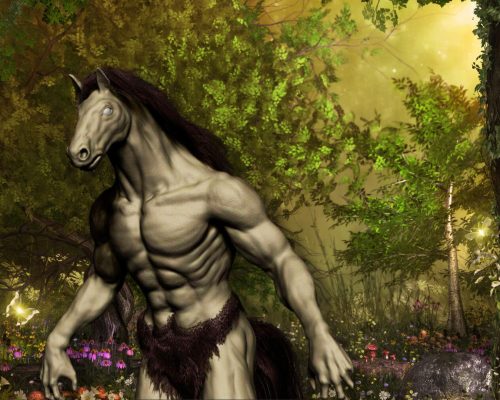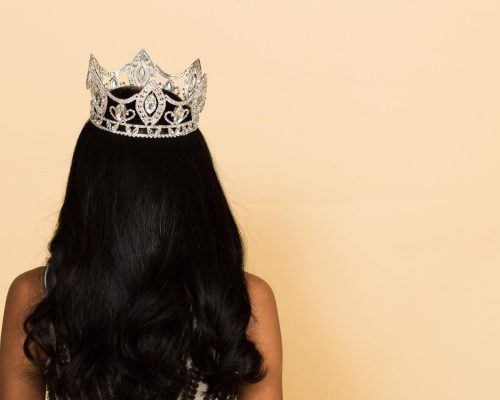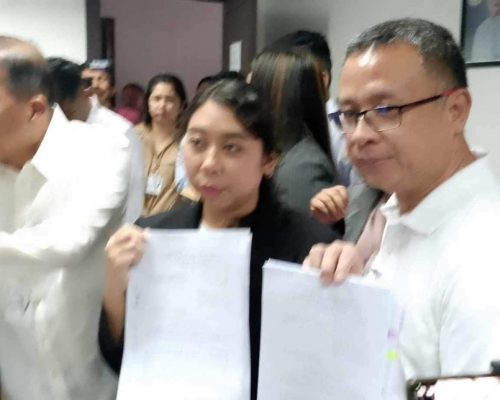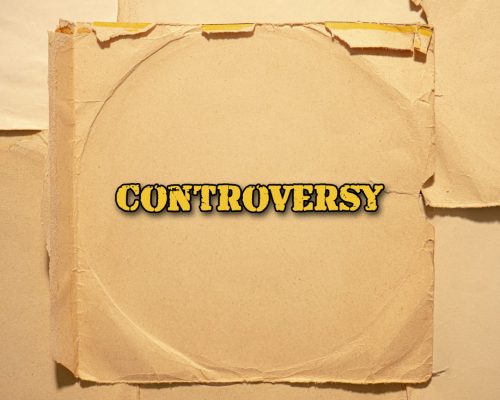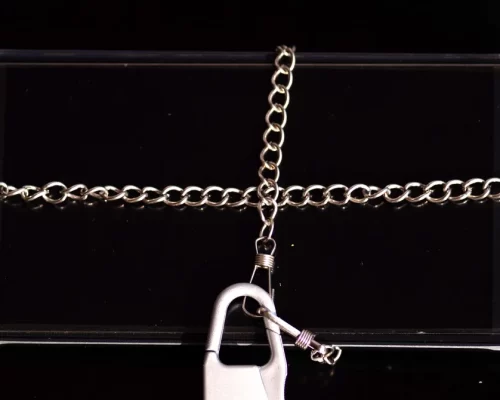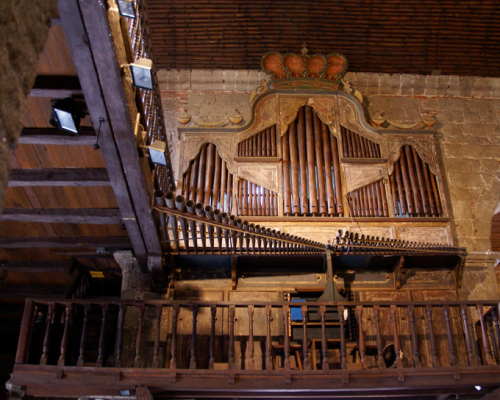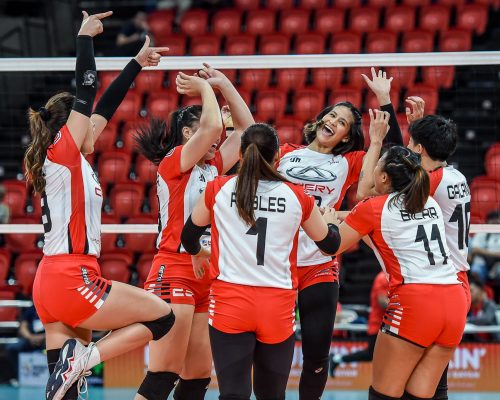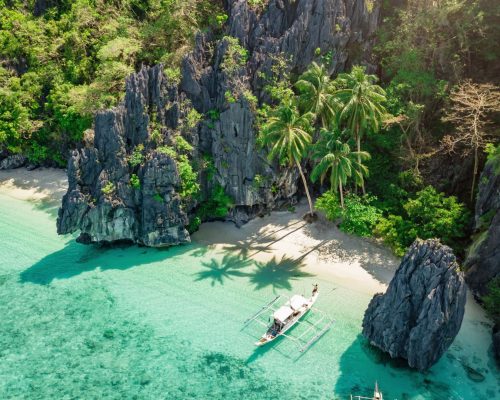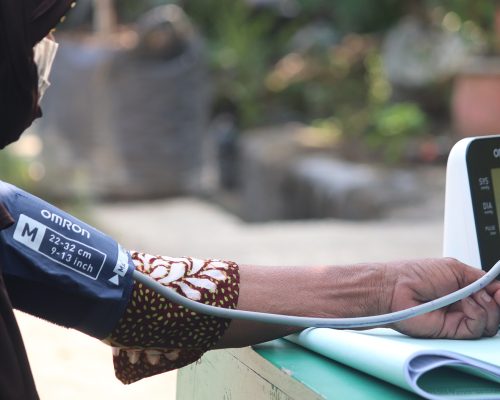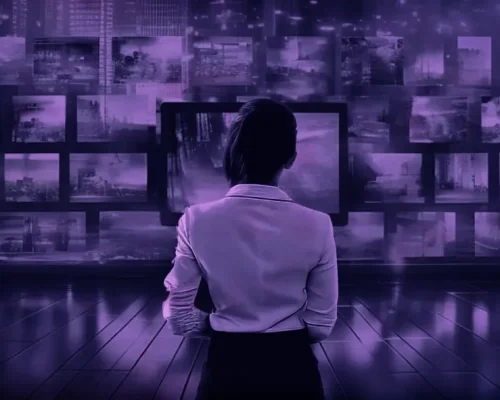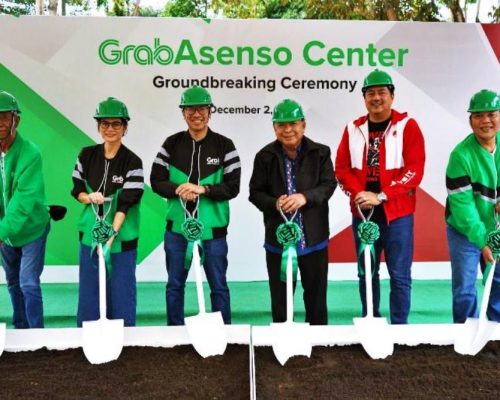Sa pang-araw-araw na pamumuhay, hindi nawawala sa ating ang magsalita ng tungkol sa iba’t ibang bagay. Pero dahil sa nakasanayan may mga salita tayong nagiging redundant na, paulit-ulit o hindi na tamang mga salita. Alamin natin kung ano ang mga halimbawa nito…
Celebrant o celebrator?
Both words are related to the act of celebrating, but they carry slightly different connotations pero magkaiba sila ng gamit, depende sa context.
The term “celebrant” typically refers to someone who officiates or leads a ceremony or ritual, particularly in a religious or formal setting. Halimbawa nito ay ang nagkakasal (pari, abogado, o mayor) ay tinatawag na celebrant. It is commonly used in contexts such as weddings, funerals, or religious ceremonies. Kadalasan ang celebrant ay ang responsible sa paggabay ng event, conducting the necessary rituals, at masiguro na ang celebration ay naaayon sa desired traditions and protocols.
On the other hand, “celebrator” is a more general term that can be used to describe any individual who actively participates in a celebration. Sila ang most engaged sa festivities o anumang okasyon. Sila ang present sa celebration – meaning, kung nasa isang binyagan ka, puwede kang matawag na celebrator dahil naroon ka para magdiwang o maging bahagi ng pagdiriwang.
Celebrator ka ring matatawag kung ikaw ang may birthday, ang ikinakasal, binibinyagan.
A celebrator can be anyone who is present at a celebration, regardless of their specific role or level of involvement. It conveys a sense of enjoyment and enthusiasm.
Sahara Dessert?
Ang tama ay Sahara lamang – wala nang “desert.”
The name Sahara has its roots in the Arabic language, specifically from the noun ?a?r?, which translates to “desert” in English. This term is also seen in its plural form, ?a??r??.
Sahara is the largest hot desert in the world, covering an area of approximately 9.2 million square kilometers.
Ang Sahara ay nasa northern Africa. Sa haba nito, it stretches across several countries, including Algeria, Chad, Egypt, Libya, Mali, Mauritania, Morocco, Niger, Sudan, and Tunisia.
Hindi rin purong buhangin lamang ang mayroon sa Sahara. Mayroon ditong 20 lakes (lawa) na karamihan ay saltwater lakes, rocky plateaus (talampas), sand dunes, at mountains and valleys (lambak). The rivers and streams found in the Sahara are all seasonal, apart from the River Nile.
May nakatira ba sa Sahara? May 2 million ang tao rito na tinatawag ding nomads – mga taong walang permanenteng bahay, palipat-lipat.
Chai Tea?
Nagagawi ka ba sa coffee shop na isa sa mga inumin nila ay chai tea?
Ang tama ay chai lamang – wala nang “tea”.
Ang chai ay salitang Hindi (Indian language) na ang ibig sabihin ay tea so calling it chai tea is literally just saying “tea tea”.
Angat din ang lasa ng chai, na minsan mas masarap sa kape. The process of making chai involves boiling loose tea leaves or tea bags in water and simmering it with a blend of spices such as cardamom, cinnamon, cloves, and ginger. This infusion is then combined with hot milk and sweetened with sugar or other natural sweeteners like honey or jaggery.
ATM Machine
Ito ang pinaka-klasik sa karamihang Pinoy: ATM machine
ATM stands for Automatic Teller Machine kaya ang “ATM machine” ay redundant.
The history of the ATM dates to the late 1960s when it was conceptualized to provide customers with convenient and round-the-clock access to their bank accounts.
Ang kauna-unahang ATM was installed by Barclays Bank sa London noong 1967, and it revolutionized the way people accessed and managed their money.
Originally known as the “Automated Teller Machine,” it was designed to allow customers to withdraw cash from their accounts without the need for human assistance.
Over the years, mas gumanda ang functionality ng ATM dahil sa services nito. In addition to cash withdrawals, ATMs now allow users to deposit checks and cash, transfer funds between accounts, check account balances, and even purchase prepaid mobile phone credits.
Xerox Machine
Karaniwan sa atin na mariringgan mo ng “Ipa-xerox mo ang mga dokumentong iyan.” Ang tamang sabihin ay, “Ipa-photocopy mo ang mga dokumentong iyan.”
Ang xerox ay isang brand ng photocopier, common office equipment used to duplicate documents quickly and efficiently.
The xerographic process was invented by Chester Carlson in the year 1938. Carlson, an American physicist and inventor, had been working on developing a method to make multiple copies of documents quickly and efficiently. Matapos ang ilang taong experimentation and refinement, he successfully created the first xerographic process, which formed the foundation for the modern-day Xerox machine.
“Ipa-xerox”. Common ito na parang “Pabili ng Colgate, ‘yung Close-up.”


